Designers disguise home technology in Milan
Seamless systems, engaging installations and more technology launches from Salone del Mobile 2019
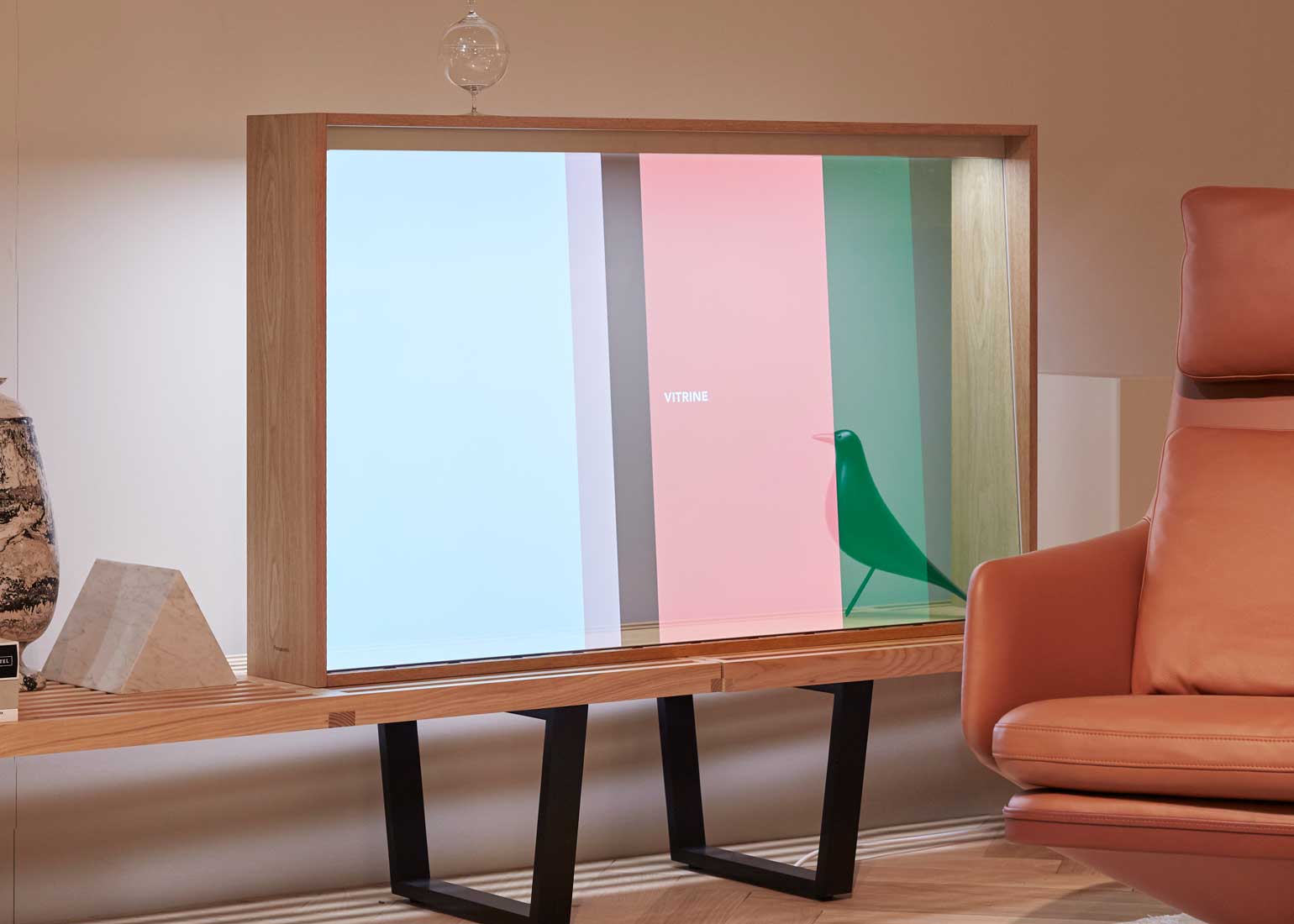
The creative explosion that is Milan Design Week offers makers of all ilks unparallelled opportunity to experiment. It’s a place to test your best ideas on the keenest minds in design; who descend on the city wide-eyed, eager to witness mini-miracles in each gallery, booth and showroom. This year, technology launches were frequent, various and visually astute, with technology's ability to seamlessly interact with our interiors emerging as a key theme.
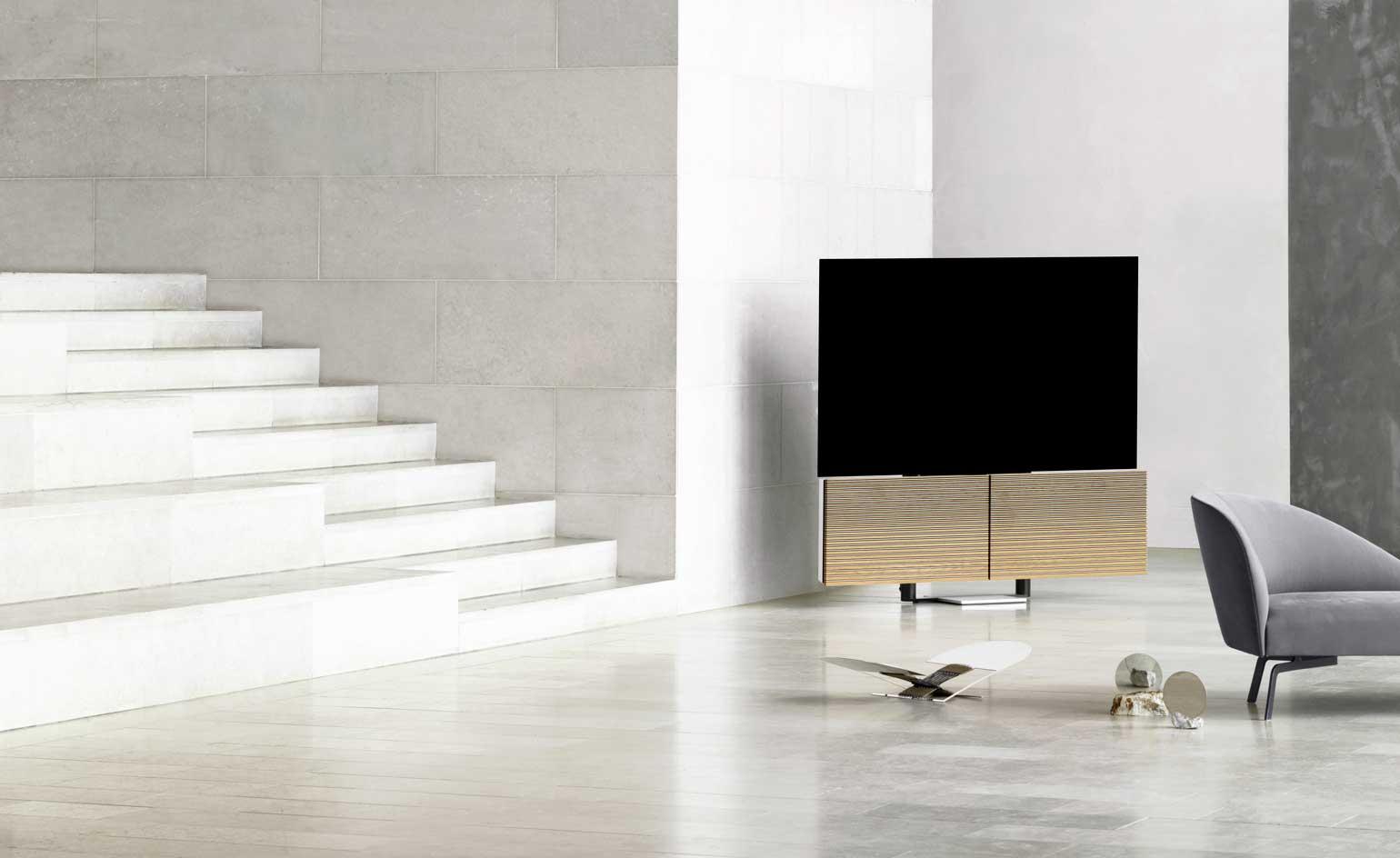
Beovision Harmony
A trio of notable TVs launched throughout the city, with considerable flamboyancy. We broke news earlier this week of B&O’s impressive Beovision Harmony television, which dances into life through a carefully choreographed switch-on system. Presented in the Danish tech titan’s Brera showroom, visitors meandered through a history of its products before being faced with the imposing new launch. In the exhibition, objects included Bang & Olufsen’s first television from 1954 (a simple and covetable mid-century marvel that works today as a sort-of sculpture, if not functional design). This well-conceived exhibition served to position the brand’s past linearly with its future – which, if the Harmony’s positively glowing screen is anything to go by – remains bright.
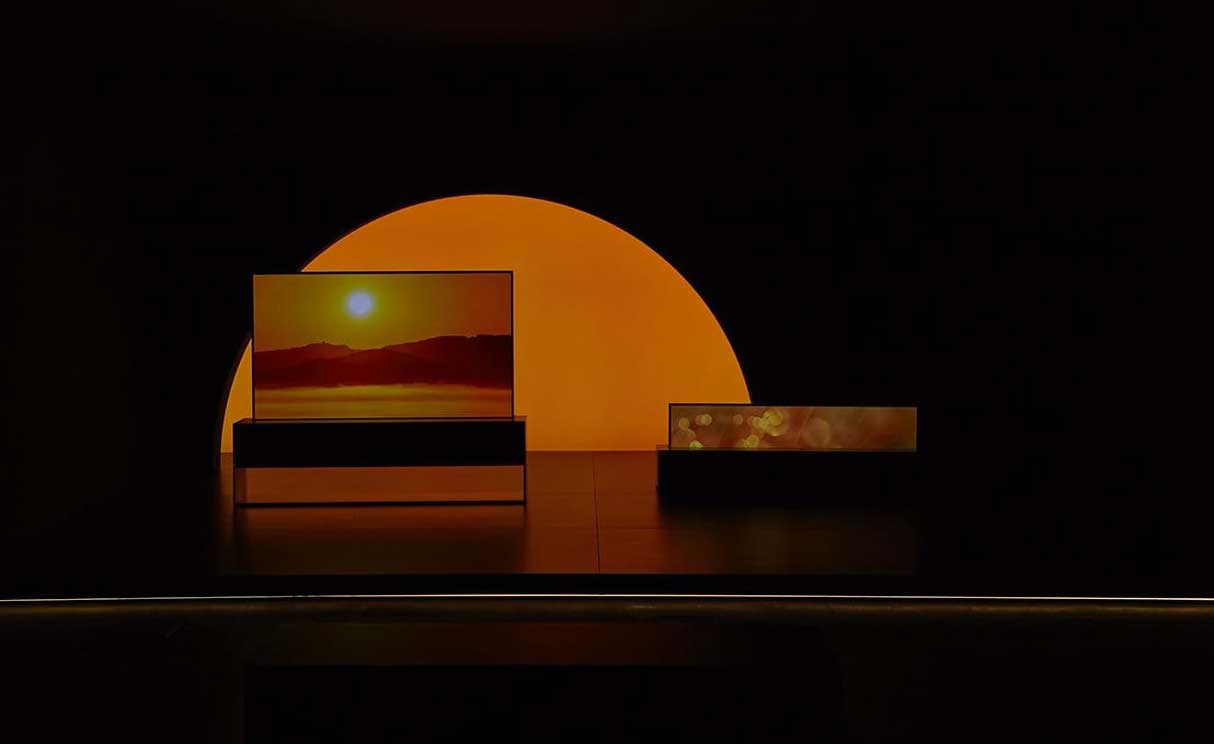
LG Signature OLED TV R
Another moving TV geared up across town in Tortona. Foster + Partners joined forces with LG Electronics on the word’s first rolling OLED screen, which emerges seamlessly from a fixed base. The architecture practice designed the structural geometry of the set, as well as the installation set design in Milan, which played out theatrically in a darkened room gently radiating a colourful glow (offering a much welcomed moment of respite for tired-eyed visitors).
Mike Holland, head of industrial design at Foster + Partners, commented on the challenge to create ‘invisible technology', that is ‘unobtrusive with a quiet sculptural presence'. The LG Signature OLED TV R design ‘dematerialises the screen, which can be automatically rolled in and out of a discreet minimalist rectangular enclosure when needed,' he explains. The result? ‘A sense of liberation to interior spaces'.
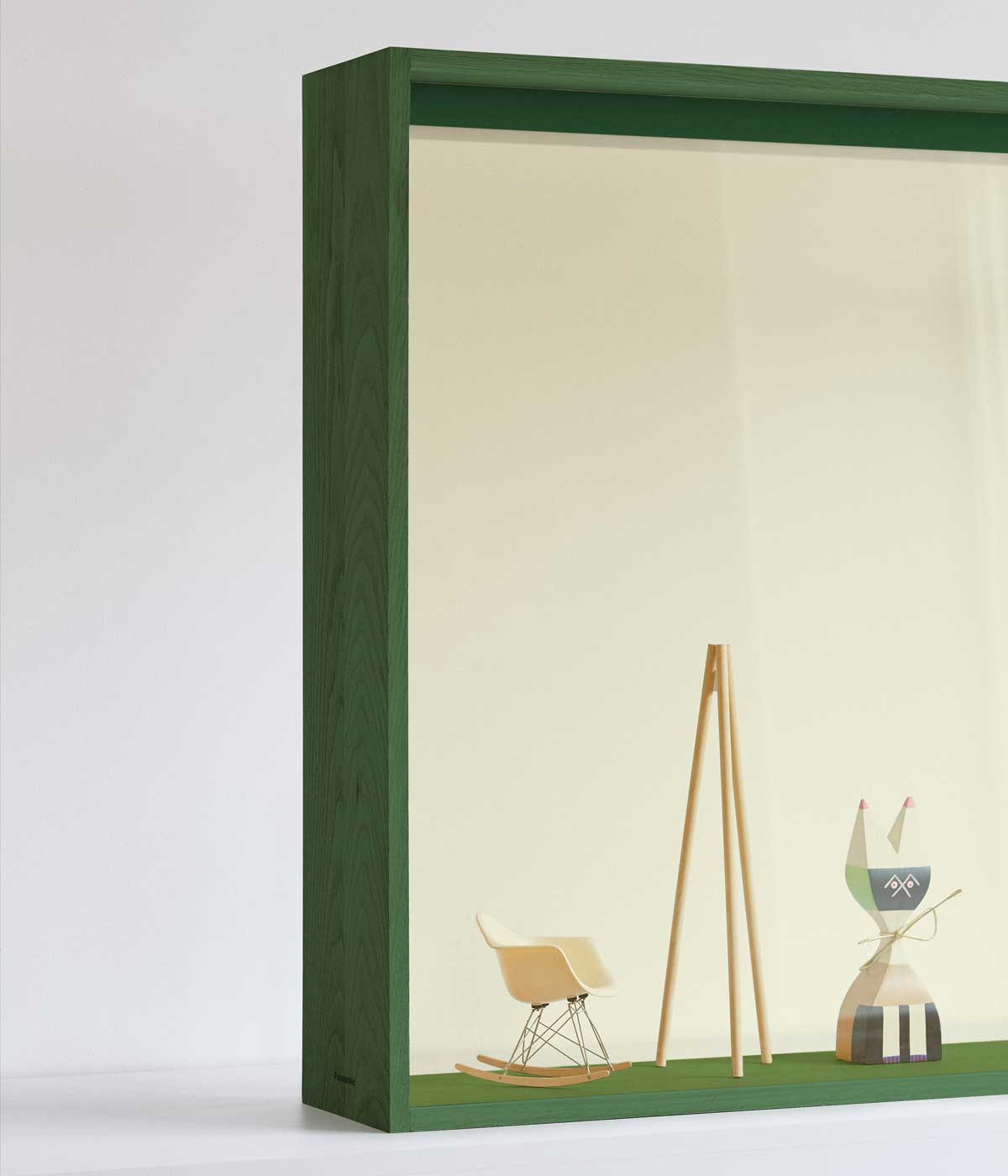
Detail view of Vitrine television, by Vitra, Panasonic and Daniel Rybakken
A third attempt to minimise the unsightly impact of a TV set came courtesy of Panasonic and Vitra, who beautifully addressed the problem of traditionally obtuse television design. Designed by Oslo-based Daniel Rybakken, the screen is transparent, so sidestepping the pitfall of having an empty, black expanse in your space, when the device is turned off. The pale wood frame (available in different pastel hues) is equally as refreshing; a pleasing escape from the metallic tropes common to TV design.
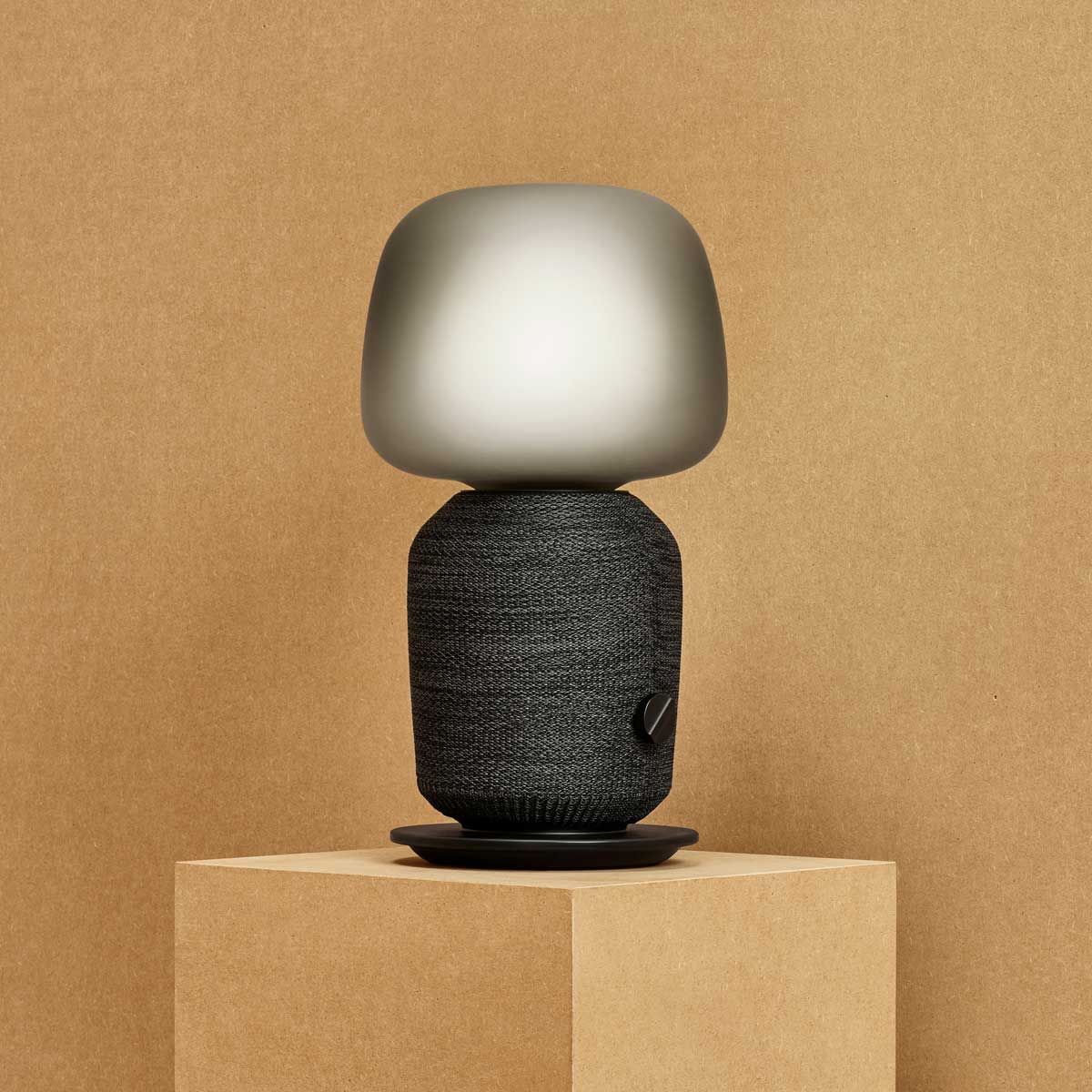
Symfonisk table lamp, by Ikea and Sonos
Ikea and Sonos teamed up on a much-anticipated sound collaboration in Tortona (where many technology-minded launches are annually based). Defining seamlessness, the ‘Symfonisk’ collection merges a table lamp and floating bookshelf respectively with integrated WiFi speakers, in an attempt to reduce gadget-overload. ‘We set out to create products neither of us would or could develop independently,' explains Tad Toulis, vice president of Sonos, of the collaboration, which marries Sonos' famously refined approach to sound design, and Ikea's democratic ethos. Both brands hope the affordability of this home tech duo will offer Sonos' premium sound quality for a broad market.
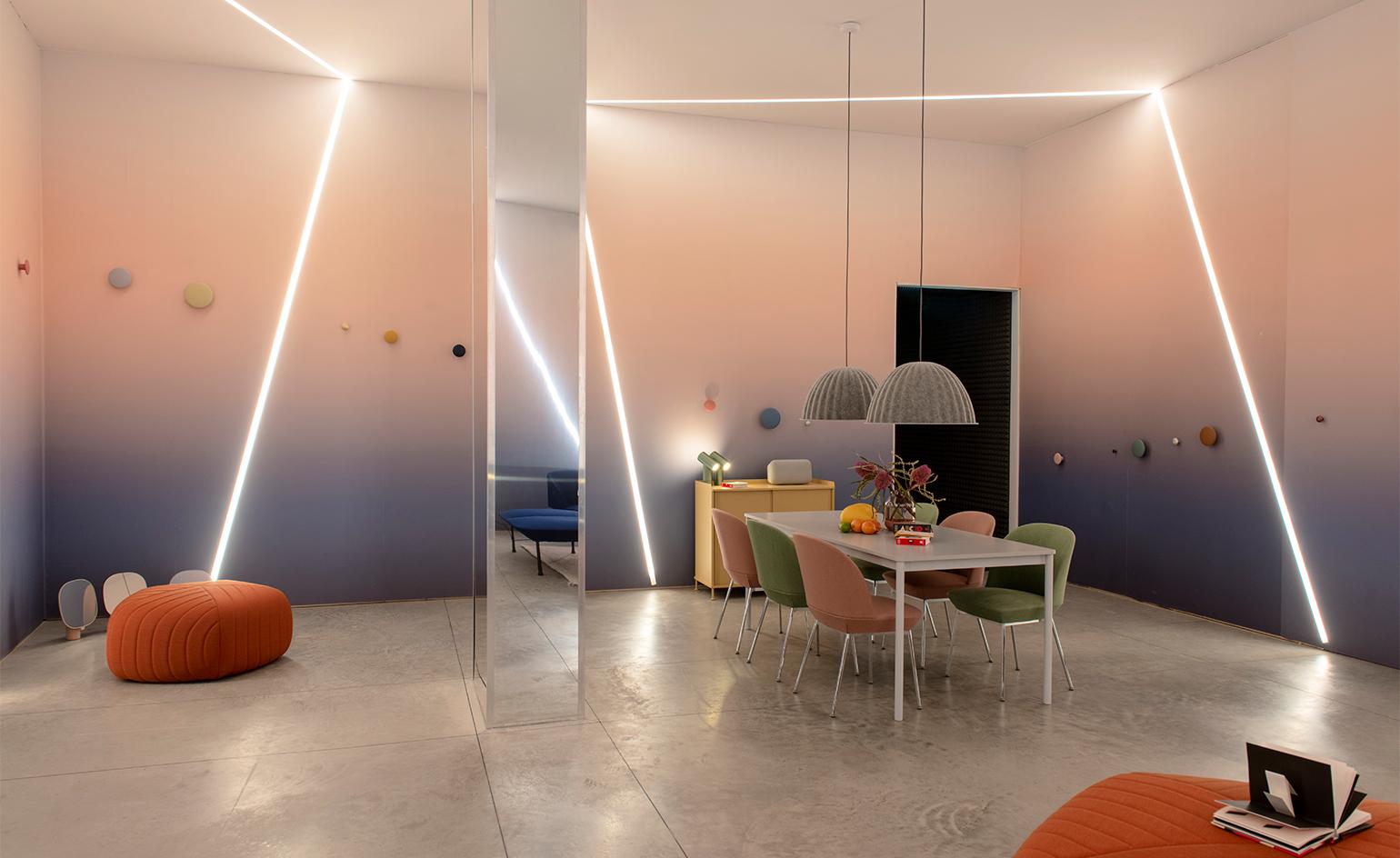
The ‘Vital’ room at Google's A Space for Being.
A series of ‘experiences' also impressed across town. A collaboration between Google and Johns Hopkins University’s Arts + Mind Lab was notable for its balanced emphasis on interior design, wellness, and innovative technology – and how the three elements can work together seamlessly within a space. Guests were encouraged to spend fifteen minutes (an age in Milan Design Week terms) meandering through three rooms, designed by architect Suchi Reddy with a selection of furniture and accessories by Muuto, while wearing chic Google bands that monitored how ‘at ease' you are in each space. Each guest was subsequently furnished with a wonderfully accurate, and beautifully illustrated graphic, through which they can read their results.
Intriguingly, guests were oftentimes surprised by the outcome: the room they enjoyed the most is not necessarily the one that relaxed them. As one Google analyst explained, the least stimulating interiors can produce a sense of ‘ease', simply because you switch off inside them. Either way, access to this scientific, data-driven technology is set to open an exciting new world of analysis for designers.
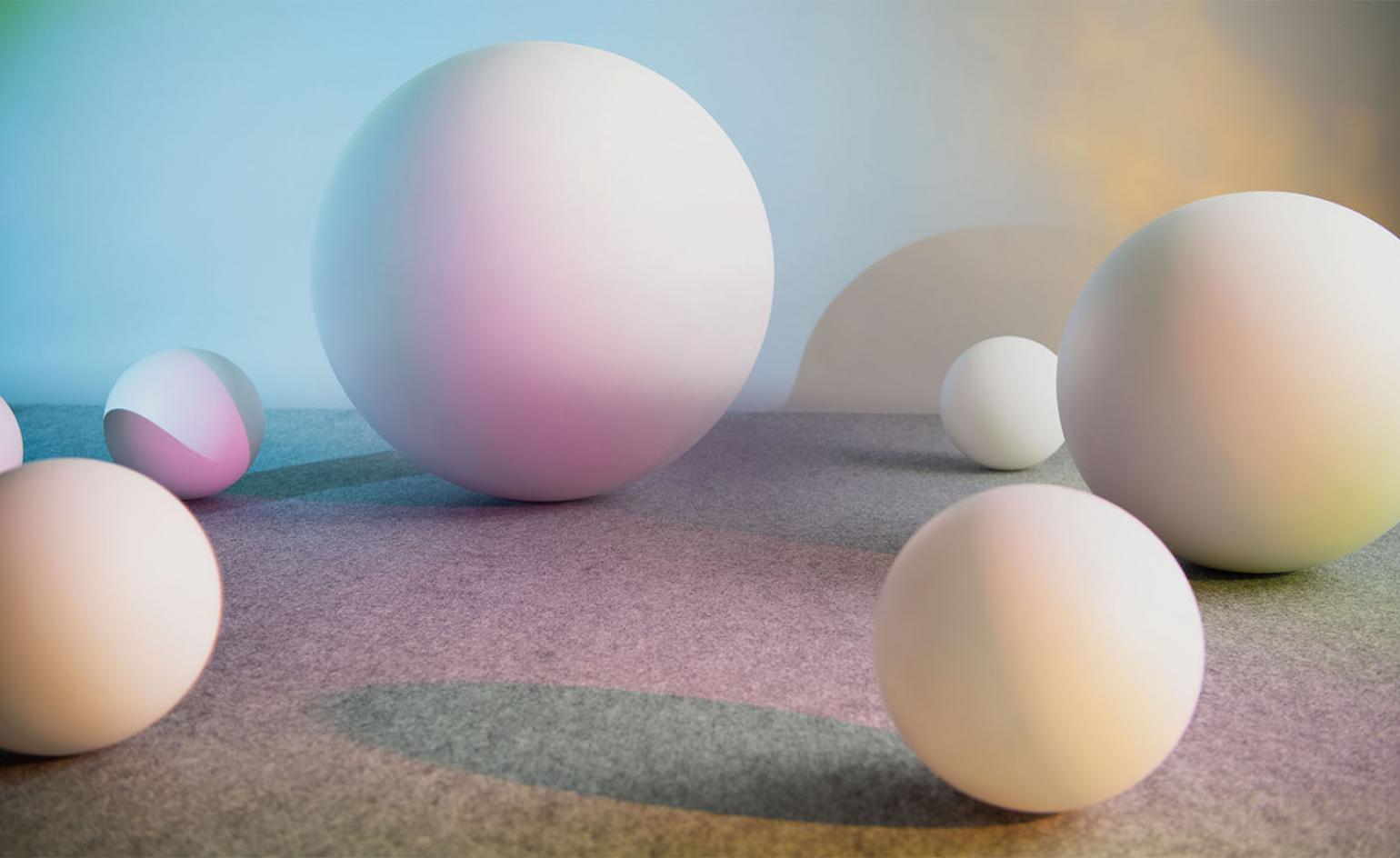
Interaction accordance, at ‘Affinity in Autonomy’ exhibition, by Sony
Continuing the theme of performative spaces, Sony returned to Milan this year, after its ‘Hidden Senses’ sensorial spectacle in 2018, demonstrating how technology can integrate into our daily lives. Through its installation at Spazio Zegna in Tortona, it addressed big questions surrounding robotics and artificial intelligence. Aiming to settle digital anxieties, interaction was plentiful, set within a deliberately calming environment, immersed in colour and relaxing sounds. Its recent announcement of the pioneering and necessary Sony Group AI Ethics Guidelines, suggests the Japanese brand's commitment to responsible robotics.
Through five distinct rooms, guests gradually become more immersed in Sony's AI technologies – becoming acquainted in a measured and monitored way. Through this meditative process, instead of looking fearfully into the future of robotics, Sony succeeded in demystifying it.
The take home message from Milan this year? Designers are aiming to step away from crudely implanting AI invaders with high-tech aesthetics into our living rooms, and towards more subtle, integrated home technology solutions. We welcome the shift.
Receive our daily digest of inspiration, escapism and design stories from around the world direct to your inbox.
Elly Parsons is the Digital Editor of Wallpaper*, where she oversees Wallpaper.com and its social platforms. She has been with the brand since 2015 in various roles, spending time as digital writer – specialising in art, technology and contemporary culture – and as deputy digital editor. She was shortlisted for a PPA Award in 2017, has written extensively for many publications, and has contributed to three books. She is a guest lecturer in digital journalism at Goldsmiths University, London, where she also holds a masters degree in creative writing. Now, her main areas of expertise include content strategy, audience engagement, and social media.
-
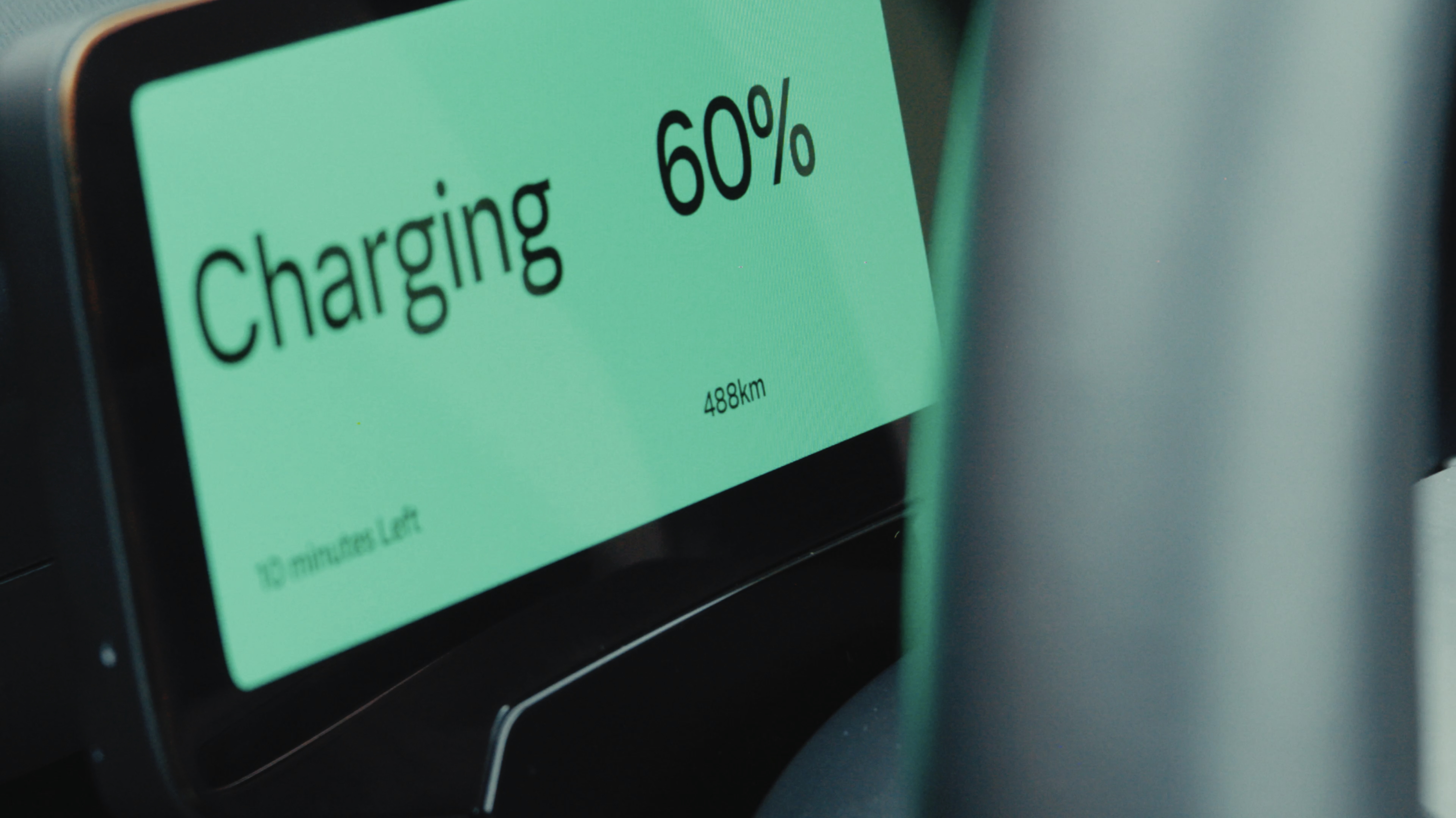 Volvo’s quest for safety has resulted in this new, ultra-legible in-car typeface, Volvo Centum
Volvo’s quest for safety has resulted in this new, ultra-legible in-car typeface, Volvo CentumDalton Maag designs a new sans serif typeface for the Swedish carmaker, Volvo Centum, building on the brand’s strong safety ethos
-
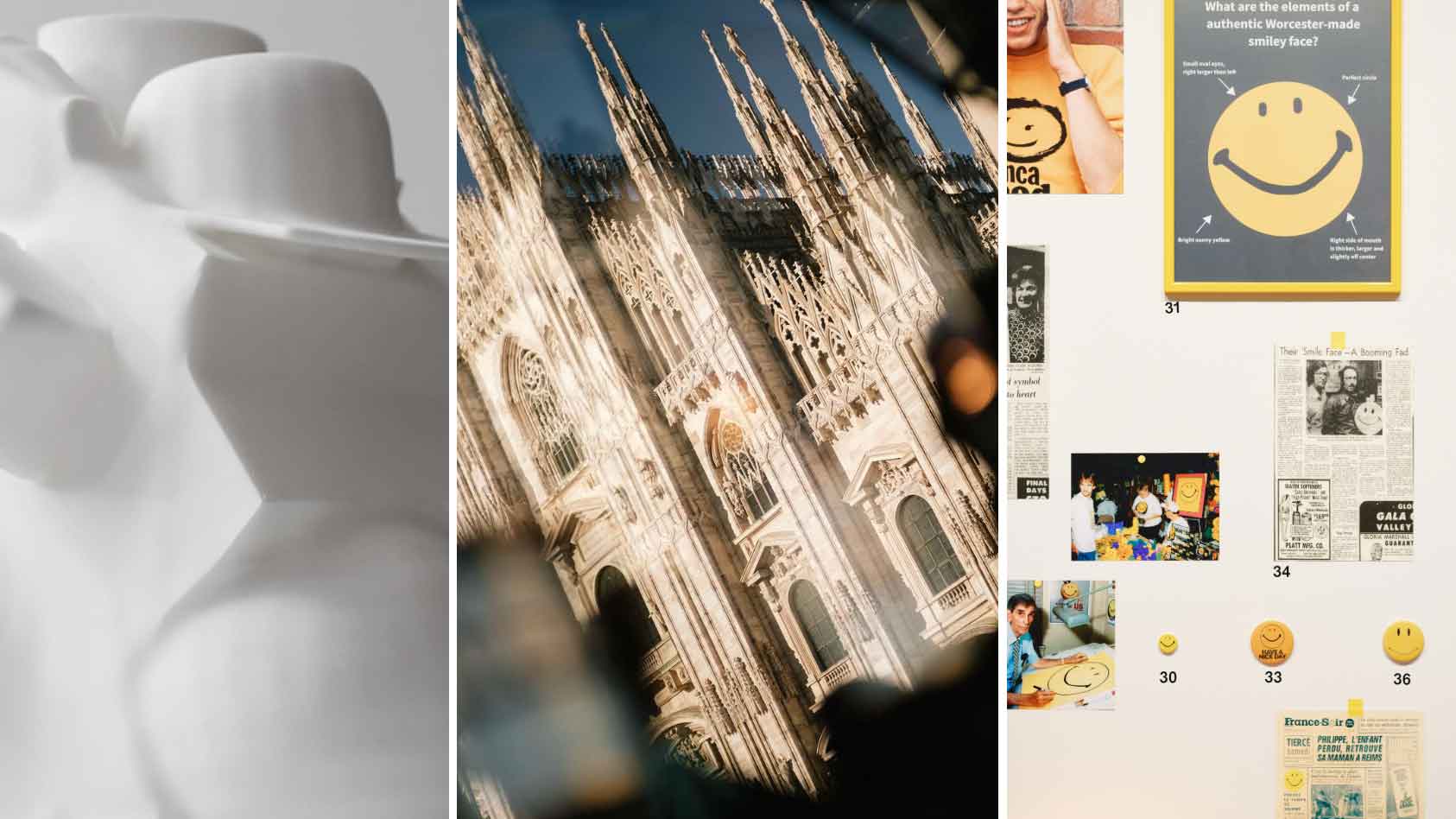 We asked six creative leaders to tell us their design predictions for the year ahead
We asked six creative leaders to tell us their design predictions for the year aheadWhat will be the trends shaping the design world in 2026? Six creative leaders share their creative predictions for next year, alongside some wise advice: be present, connect, embrace AI
-
 10 watch and jewellery moments that dazzled us in 2025
10 watch and jewellery moments that dazzled us in 2025From unexpected watch collaborations to eclectic materials and offbeat designs, here are the watch and jewellery moments we enjoyed this year